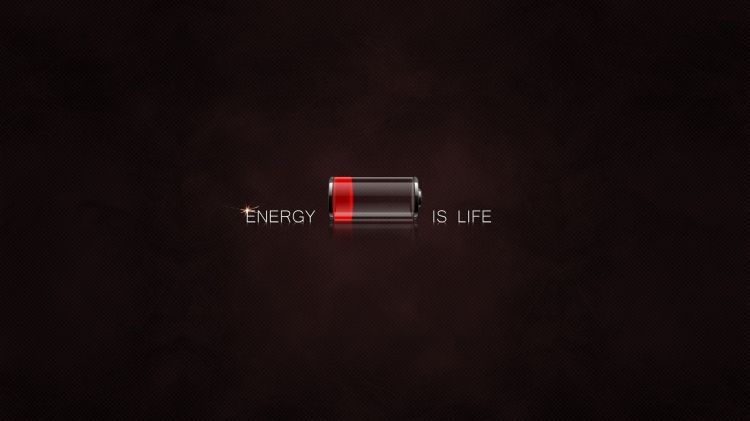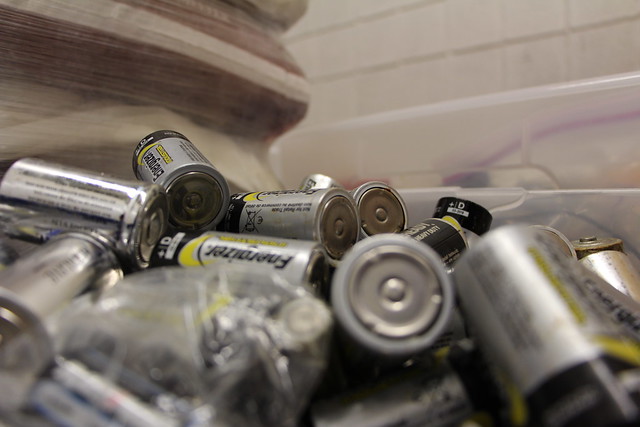How Efficient Are Lithium-ion Batteries?
Nov 07, 2019 Pageview:1291
A lithium-ion battery is a rechargeable battery. The lithium-ion batteries are everywhere, especially they are found in consumer applications like a laptop, smartphone, etc and electric vehicles too. All thanks go to the great characteristics the battery has like low self-discharge, high energy density, and no memory effect. All these traits make the lithium battery a better option than other battery chemistries available on the market.
With time, Li-ion battery that powers your application for hours or even days will gradually start to lose the capacity to keep a charge. So, have you ever wondered why this happens? There could be several reasons why lithium-ion batteries become inefficient.
In this post, we’ll help you understand what truly weakens the lithium-ion batteries. Before you know, let’s first learn about the efficiency of lithium-ion batteries.
What is the Efficiency of Lithium-ion Batteries?
Lithium-ion batteries, first introduced in the 1960s, came into existence when Bell Laps introduced a workable graphite anode to offer an alternative to lithium battery (lithium metal). The first commercial Li-ion battery was produced by Sony. After then, enhanced material developments and technologies have led to remarkable and vast enhancements in respective to the energy density and cycle life.
When it comes to the efficiency of lithium-ion batteries, it is almost 100 percent, which is the biggest advantage over other battery technologies available on the market.
Lithium-ion batteries feature fast discharge and charge time constant referred to as the time to reach 90 percent of the rated battery’s power that is around 200ms along with high round-trip efficiency of 78 percent within 3500 cycles. There’s no secret that Li-ion battery has become the most crucial storage technology, especially in the field of portable & mobile applications, for instance, electric bicycle, cell phone, laptop, electric card and a lot more.
What Really Weakens Lithium-ion Batteries?
If you’re wondering what breaks down the lithium-ion batteries, then there are a number of factors. So, let’s talk about them in detail.
The active part of the cathode (source of lithium-ions) is designed with a certain atomic structure, for performance and stability. When ions get removed, moved over to the anode and after that, inserted back into the cathode, they should ideally return to the spot from where they removed in order to maintain that decent stable crystal structure. However, the issue is that the crystal structure can alter with each discharge and charge. So, an ion may not return back to the same spot. Gradually these changes and modifications in the material alter the cathode into a completely new crystal structure along with different electrochemical properties.
Therefore, the specific atoms arrangement that allowed the desired performance and stability in the first place, has been changed.
Corrosion Problem
Degradation can also occur in other portions of the battery. Each electrode is equipped with a current collector that is a piece of metal (generally copper for the anode, and aluminum for the cathode), which collects the electrons and sends them to an external circuit.
If the binder stops workings, the coating can unpeel the current collector. And if the metal corrodes, then it can’t send electrons as intended. Corrosion occurs within the battery due to an interaction between the electrodes and electrolyte. According to one study, it is demonstrated that the graphite anode is extremely “reducing” that it gives up electrons with ease to the electrolyte and the cathode is highly “oxidizing” that it can accept electrons with ease from the electrolyte. As a result, it can corrode the current collector made of aluminum or there can be coating formation on the cathode particles.
Too much of a decent thing
Graphite is the commonly used material to make an anode. It is unstable thermodynamically in an organic electrolyte. It means that the first time the battery is in charge mode, the graphite comes in reaction with the electrolyte and this results in the formation of a porous layer known as solid electrolyte interpose or SEI.
SEO is an unfortunately unstable defender. No doubt, it does a decent task of protecting the graphite at optimal or room temperatures. However, in case of high temperatures or when the lithium-ion battery goes down to zero charge, the SEI can dissolve into the electrolyte partially.
Energy Efficiency Evaluation of a Stationary Lithium-ion Battery
Energy efficiency is a remarkable performance indicator when it comes to battery storage systems. A comprehensive electro-thermal model of a stationary lithium-ion battery system is developed & and an assessment of its energy efficiency is carried out.
The model provides a holistic approach to measuring conversion losses & auxiliary power consumption. And sub-models for power electronics, thermal management, battery rack as well as the controlling & monitoring parts are developed and integrated into a comprehensive model. The imitation is parameterized relied on a prototype 192 kWh system utilizing lithium iron phosphate batteries, which are in connection with the “low voltage” grid.
The key loss mechanisms are determined, and thoroughly examined and modeled. Further, generic profiles featuring numerous system operation modes are estimated to determine the traits of stationary battery systems. Usually, the losses in the “power electronics” outweigh battery losses at low power operating systems. The conversion round trip efficiency is measured in the range of 70 to 80 percentage. Overall system efficiency is 8 to 13% points lower for the photovoltaic-battery applications.
That’s all on how efficient are lithium-ion batteries. Just keep in mind that how long the battery lasts highly depends on how you take care of it.
- Prev Article: Lithium-Ion Battery Cost VS Lead-Acid Battery
- Next Article: How Long Does the Lithium Battery Last?
Leave Message
Hottest Categories
-
Hottest Industry News
-
Latest Industry News













